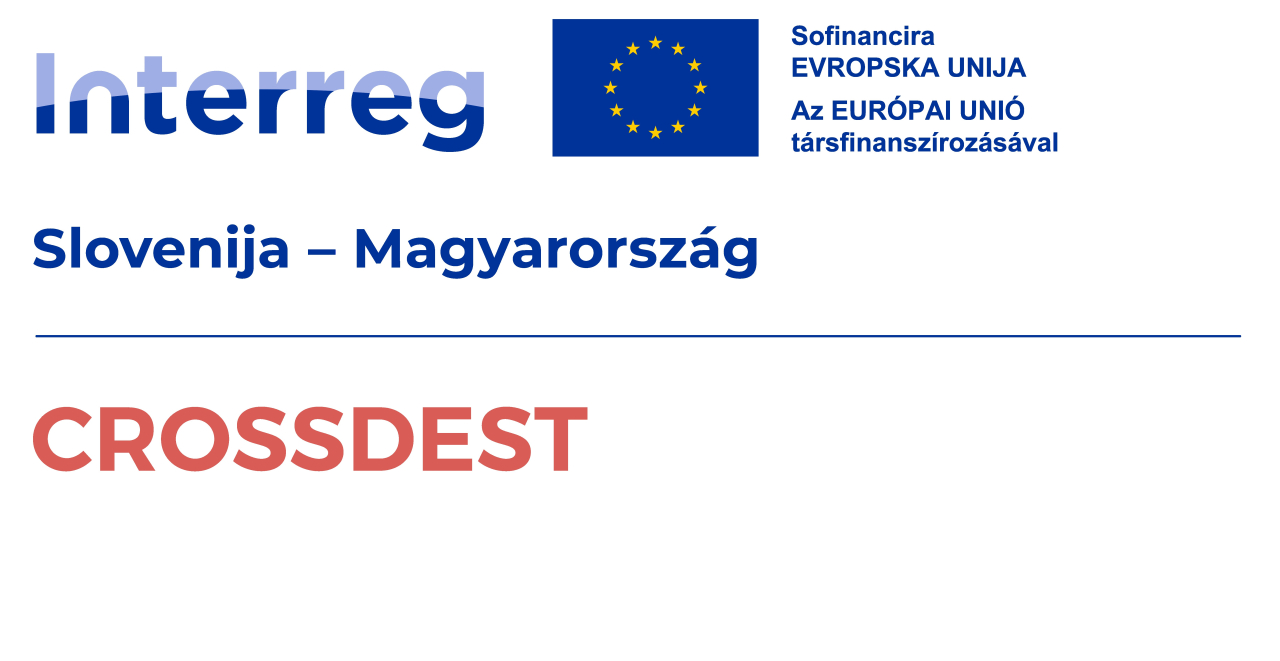-

Photo: Innotime -
Photo: Innotime -

Photo: Innotime -

Photo: Innotime -

Photo: Innotime
Kazár Rhyolite Tuff
The Kazár rhyolite tuff exposure is one of the most fascinating natural sites of the Cserhát Hills, representing both a remarkable trace of geological history and a unique example of the human–nature relationship. Located just northwest of the village of Kazár, this site is freely accessible as part of the Nógrád Geopark, making it a popular destination for geology enthusiasts and nature lovers alike.
- Parking available
More information
The Kazár rhyolite tuff is more than a striking geological formation. It is a multifaceted site that serves science, education, cultural identity, and tourism alike. A visit offers not only natural beauty but also an opportunity to reflect on the past and foster a conscious connection with the natural world.
Formation of the Rhyolite Tuff
The Kazár rhyolite tuff was formed 15–16 million years ago during the Miocene epoch, when intense volcanic activity shaped the Pannonian Basin. Active volcanoes in the region—including ancient formations in the Börzsöny and Mátra—ejected ash, lava, and volcanic debris, which accumulated in layered deposits. Among these, rhyolite tuff is one of the most workable: light-coloured, fine-grained, and easily erodible, yet capable of preserving carved forms over centuries.
At Kazár, these volcanic layers are exposed in significant thickness, allowing the site to serve as a geological reference section—a key stratigraphic point for understanding the volcanic history of Northern Hungary.
Visiting and Tourism
The Kazár rhyolite tuff is freely open to visitors. An educational nature trail leads to the site, and the terrain is easy to walk, making it an ideal destination for families, school groups, and senior hikers. The surrounding area offers many other natural and cultural attractions, enabling a full-day excursion.
The Nógrád Geopark provides interpretation through information boards, digital content, guided tours, and educational programs. This ensures that visits go beyond sightseeing and offer deeper understanding and awareness.
Conservation and Sustainability
The Kazár rhyolite tuff is a prime example of how geological values can be integrated into sustainable tourism. Tools promoting responsible visitation—such as signage, QR-code-based audioguides, and visitor monitoring—support both environmental protection and long-term tourism appeal.
Target group
-
Class trips
-
Families with younger children
-
Families with older children
-
Multigenerational programs
-
Friends
-
Seniors
-
Couples
Sights, programs
AllParking information
- Paid parking available









